Home>Technology>Home Office Tech>How To Organize Your Home Office For Maximum Productivity
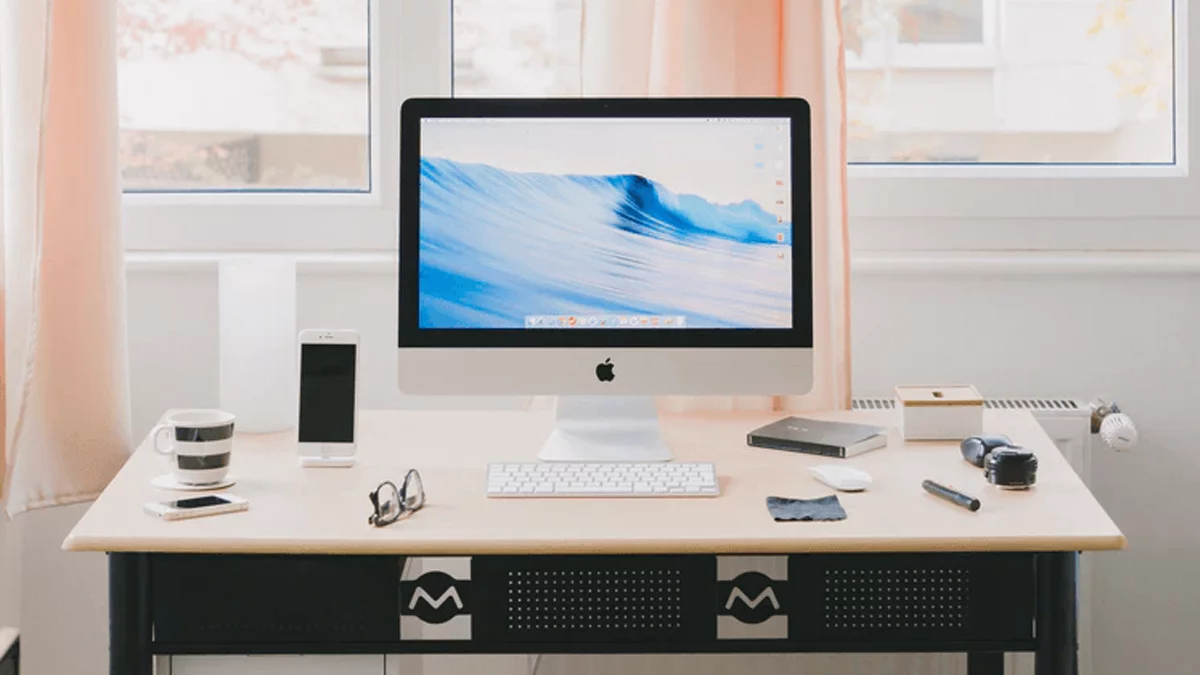

Home Office Tech
How To Organize Your Home Office For Maximum Productivity
Modified: March 19, 2024
Transform your home office with the latest tech and organization tips for maximum productivity. Create a space that inspires focus and efficiency. Discover how to optimize your home office setup today!
(Many of the links in this article redirect to a specific reviewed product. Your purchase of these products through affiliate links helps to generate commission for Storables.com, at no extra cost. Learn more)
Assessing Your Workspace Needs
Before diving into organizing your home office, it's crucial to assess your workspace needs. Consider the type of work you do and the tools and equipment required. Are you a writer who needs ample desk space for a computer and notebooks? Or are you a graphic designer who requires a large work surface for a drawing tablet and other creative tools? Understanding your specific needs will help you create a customized and efficient workspace that maximizes productivity.
- Make a list of the essential items you use daily in your home office, such as a computer, printer, scanner, or specialized equipment.
- Consider the amount of space required for your work tasks. Do you need a spacious desk for spreading out paperwork, or are you primarily working on a computer?
- Evaluate the lighting in your workspace. Natural light is ideal, but if that's not possible, ensure you have adequate artificial lighting to reduce eye strain.
- Take into account any privacy needs. If you frequently take calls or video conferences, a quiet and private area may be essential.
By carefully assessing your workspace needs, you can tailor your home office organization to fit your specific work requirements, leading to a more efficient and productive work environment.
Key Takeaways:
- Customize your home office based on your specific work needs to boost productivity. Assess space, declutter, set up efficient filing, create functional storage, and design a comfortable workstation.
- Personalize your workspace with art, plants, quotes, and music to inspire creativity and motivation. Add personal touches to create a unique and uplifting home office environment.
Decluttering and Organizing Your Desk
When it comes to decluttering and organizing your desk, the key is to create a clean and functional workspace that promotes productivity. Here are some essential steps to help you achieve a clutter-free and organized desk:
-
Clear the Surface: Start by removing everything from your desk. Wipe down the surface to give yourself a clean slate to work with.
-
Sort and Purge: Sort through the items you've removed from your desk. Keep only the items that are essential for your daily work. Discard or relocate items that are no longer needed or don't belong on your desk.
-
Invest in Desk Organizers: Utilize desk organizers such as trays, bins, and drawer dividers to keep your supplies neatly arranged and easily accessible. Consider using a desktop organizer for frequently used items like pens, notepads, and sticky notes.
-
Implement a Filing System: Set up a filing system to manage paperwork and documents. Use file folders, binders, or filing cabinets to categorize and store important papers. Keep the most frequently accessed files within arm's reach.
-
Cable Management: Tackle the tangle of cables and cords that often clutter the desk. Use cable organizers or clips to keep cords neatly bundled and out of the way.
-
Personal Touches: Add a personal touch to your desk with a plant, family photos, or inspiring quotes. However, be mindful not to overcrowd the space with too many decorative items.
By decluttering and organizing your desk, you can create a clean and efficient workspace that sets the stage for increased productivity and focus.
Setting Up an Efficient Filing System
Setting up an efficient filing system is crucial for maintaining an organized home office. Here's how to create a streamlined and effective method for managing your documents:
-
Sort and Categorize: Begin by sorting through your documents and categorizing them based on their purpose and frequency of use. Common categories may include financial records, client information, project files, and reference materials.
-
Choose Filing Supplies: Invest in high-quality filing supplies such as file folders, hanging files, and labels. Select a filing cabinet or file storage boxes that suit the volume of your paperwork and the available space in your home office.
-
Labeling System: Develop a clear and consistent labeling system for your files. Use descriptive and easily recognizable labels to ensure quick and accurate retrieval of documents. Consider color-coding for different categories to further streamline the filing process.
-
File Maintenance: Regularly review and purge outdated or unnecessary documents to prevent the accumulation of clutter. Schedule routine maintenance to keep your filing system up to date and well-organized.
-
Digital Filing: Embrace digital filing for paperless document management. Utilize cloud storage or dedicated software to store and organize electronic files, ensuring easy access and backup of important documents.
-
Accessibility: Store frequently accessed files within arm's reach, while less frequently used documents can be placed in secondary storage areas. This accessibility will save time and effort when retrieving essential paperwork.
By setting up an efficient filing system, you can streamline document management, reduce clutter, and enhance productivity in your home office.
Creating a Functional Storage Solution
Creating a functional storage solution is essential for maintaining an organized and efficient home office. Here's how to design a storage system that maximizes space and accessibility:
-
Assess Storage Needs: Begin by evaluating the types of items that require storage in your home office. Consider office supplies, reference materials, equipment, and any other items that need to be readily accessible.
-
Utilize Vertical Space: Make use of vertical storage options such as bookshelves, wall-mounted shelves, and pegboards. These solutions help free up floor space while providing ample room for storing books, binders, and decorative items.
-
Incorporate Multi-Functional Furniture: Choose furniture pieces that offer built-in storage, such as desks with drawers, filing cabinets, or ottomans with hidden compartments. This allows you to maximize storage without sacrificing valuable floor space.
-
Modular Storage Systems: Invest in modular storage units that can be customized to fit your specific needs. These systems often include stackable cubes, adjustable shelving, and interchangeable components, providing versatility in organizing various items.
-
Labeling and Organization: Implement a labeling system for storage containers, drawers, and shelves. Clear and descriptive labels make it easy to locate items and maintain a tidy workspace. Consider using transparent containers for easy visibility of stored items.
-
Cable Management: Incorporate cable organizers and management solutions to keep cords and cables neatly organized and out of sight. This not only reduces visual clutter but also prevents tripping hazards and tangling of wires.
-
Maximize Closet Space: If your home office includes a closet, optimize the space with shelving, hanging organizers, and storage bins. This allows you to store supplies, files, and equipment in a concealed yet easily accessible manner.
By creating a functional storage solution, you can effectively manage office supplies, equipment, and materials, leading to a more organized and productive home office environment.
Invest in storage solutions like shelves, filing cabinets, and desk organizers to keep your home office clutter-free and maximize productivity.
Designing a Comfortable and Ergonomic Workstation
Designing a comfortable and ergonomic workstation is essential for promoting productivity and preventing discomfort or strain during long hours of work. Here's how to create a workspace that prioritizes comfort and supports your physical well-being:
-
Ergonomic Desk and Chair: Invest in an adjustable desk and an ergonomic chair that provides proper support for your back, arms, and legs. The desk should allow for comfortable positioning of your computer monitor, keyboard, and other essential tools.
-
Monitor Placement: Position your computer monitor at eye level to reduce neck strain. Use a monitor stand or adjustable monitor arm to achieve the ideal height and distance for comfortable viewing.
-
Keyboard and Mouse Placement: Keep your keyboard and mouse at a height that allows your arms to rest comfortably at your sides. Consider using a keyboard tray to maintain a neutral wrist position and minimize strain.
-
Proper Lighting: Ensure your workstation is well-lit to reduce eye strain and fatigue. Use adjustable task lighting to illuminate your work area and minimize glare on the computer screen.
-
Foot Support: Use a footrest if your feet do not comfortably reach the floor when seated. This helps maintain proper posture and reduces pressure on the lower back and legs.
-
Organized Work Surface: Keep frequently used items within arm's reach to minimize excessive reaching and twisting. Utilize desk organizers to maintain a tidy and efficient workspace.
-
Regular Movement: Incorporate movement into your work routine by taking short breaks to stretch and change positions. Consider using a standing desk or a desk converter to alternate between sitting and standing throughout the day.
-
Comfortable Flooring: If your home office has hard flooring, place an anti-fatigue mat under your desk to cushion your feet and reduce discomfort during prolonged periods of standing.
By designing a comfortable and ergonomic workstation, you can create a supportive environment that enhances your well-being and productivity while working from home.
Implementing Time Management Strategies
Effective time management is crucial for maintaining productivity and focus in a home office environment. By implementing practical time management strategies, you can optimize your workday and achieve better work-life balance. Here are some valuable strategies to help you make the most of your time:
-
Prioritize Tasks: Begin each day by identifying the most important tasks that need to be accomplished. Use tools such as to-do lists or task management apps to prioritize your workload and stay focused on high-priority assignments.
-
Set Clear Goals: Establish clear and achievable goals for the day, week, and month. Having specific objectives in mind helps you stay motivated and on track with your work responsibilities.
-
Time Blocking: Allocate specific time blocks for different types of tasks, such as administrative work, creative projects, and meetings. This structured approach helps you concentrate on one task at a time and minimizes distractions.
-
Limit Multitasking: While multitasking may seem efficient, it can actually reduce productivity and lead to errors. Focus on one task at a time to ensure quality work and better time management.
-
Use a Timer: Consider using the Pomodoro Technique or similar time management methods that involve working for a set period, followed by a short break. This approach can enhance focus and prevent burnout.
-
Avoid Procrastination: Identify potential distractions and procrastination triggers in your home office. Take proactive steps to minimize these distractions, such as turning off non-essential notifications and setting dedicated work hours.
-
Delegate When Possible: If you have the opportunity to delegate tasks or collaborate with others, consider doing so to free up time for more critical responsibilities.
-
Regular Breaks: Schedule regular breaks throughout your workday to rest and recharge. Taking short breaks can help prevent mental fatigue and improve overall productivity.
-
Review and Reflect: At the end of each day, take a few minutes to review your accomplishments and assess your time management. Reflect on what worked well and identify areas for improvement.
-
Adapt and Adjust: Be flexible with your time management strategies and be willing to adjust your approach based on your evolving work requirements and personal productivity patterns.
By implementing these time management strategies, you can enhance your efficiency, reduce stress, and achieve a better balance between work and personal life in your home office.
Personalizing Your Workspace for Inspiration
Personalizing your workspace is a powerful way to infuse creativity, motivation, and inspiration into your home office environment. By adding personal touches and meaningful elements, you can create a workspace that reflects your personality and fuels your passion for work. Here are some creative ideas for personalizing your home office:
-
Art and Decor: Hang artwork, photographs, or motivational posters that resonate with you. Choose pieces that inspire creativity and positivity, and consider incorporating colors that energize and uplift your mood.
-
Customized Stationery: Use personalized stationery, notebooks, and pens to add a unique and personal touch to your workspace. Customized items can make your work environment feel more special and tailored to your preferences.
-
Mood-Boosting Plants: Introduce indoor plants or succulents to bring a touch of nature into your home office. Not only do plants add visual appeal, but they also contribute to a calming and refreshing atmosphere.
-
Inspiring Quotes and Affirmations: Display your favorite quotes, affirmations, or mantras in visible areas of your workspace. These uplifting messages can serve as daily reminders of your goals and aspirations.
-
Memorabilia and Mementos: Incorporate meaningful items such as travel souvenirs, awards, or sentimental objects that hold personal significance. Surrounding yourself with cherished mementos can evoke positive emotions and memories.
-
Functional and Stylish Accessories: Choose functional office accessories such as desk organizers, storage containers, and file holders that not only serve a practical purpose but also complement your personal style and aesthetic preferences.
-
Ambient Lighting: Enhance the ambiance of your workspace with soft, ambient lighting. Consider using decorative lamps, string lights, or LED candles to create a cozy and inviting atmosphere.
-
Music and Audio Inspiration: Set up a sound system or use headphones to listen to music, podcasts, or audio content that inspires and motivates you. Create personalized playlists for different moods and work tasks.
-
Vision Board or Inspiration Wall: Design a vision board or an inspiration wall where you can pin images, quotes, and visual representations of your goals and aspirations. This visual collage can serve as a source of daily inspiration and motivation.
-
Aromatherapy and Scents: Incorporate aromatherapy diffusers or scented candles to introduce pleasant and invigorating scents into your workspace. Certain scents, such as citrus or lavender, can promote focus and relaxation.
By personalizing your workspace with these creative elements, you can cultivate a work environment that sparks inspiration, fosters creativity, and reflects your unique identity and aspirations.
Frequently Asked Questions about How To Organize Your Home Office For Maximum Productivity
Was this page helpful?
At Storables.com, we guarantee accurate and reliable information. Our content, validated by Expert Board Contributors, is crafted following stringent Editorial Policies. We're committed to providing you with well-researched, expert-backed insights for all your informational needs.
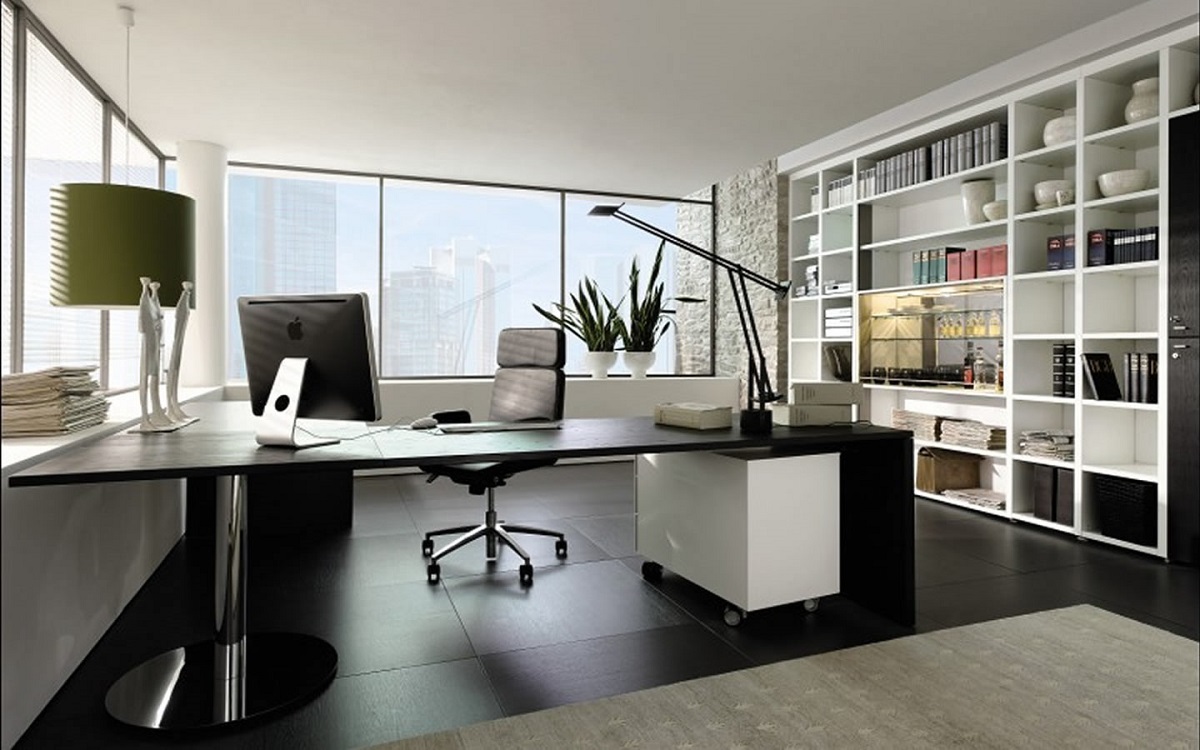
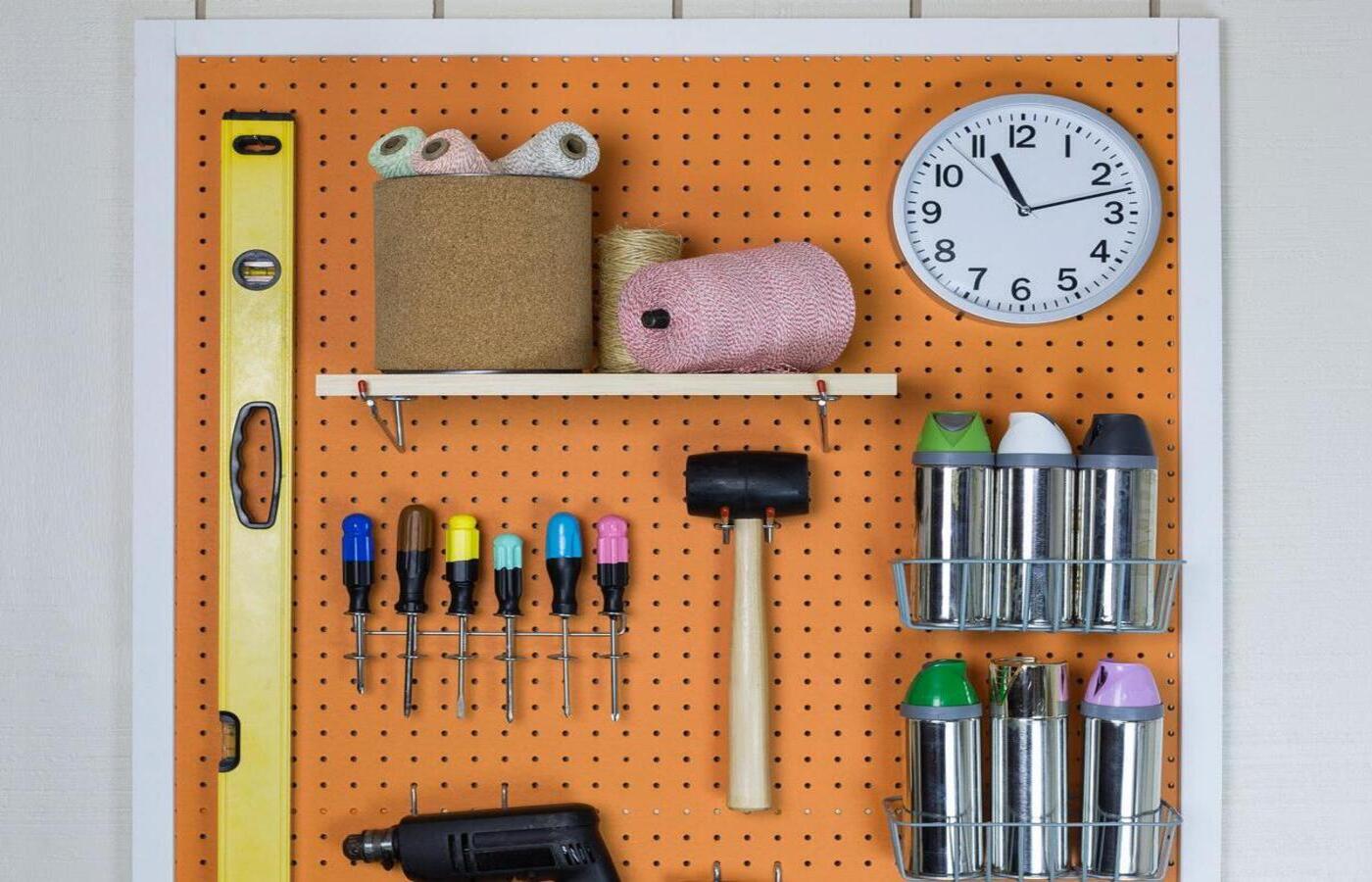
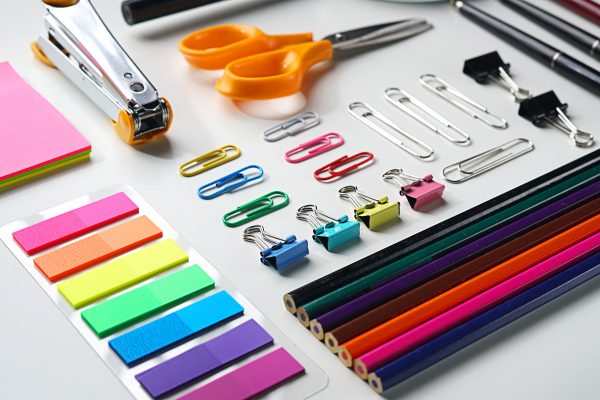
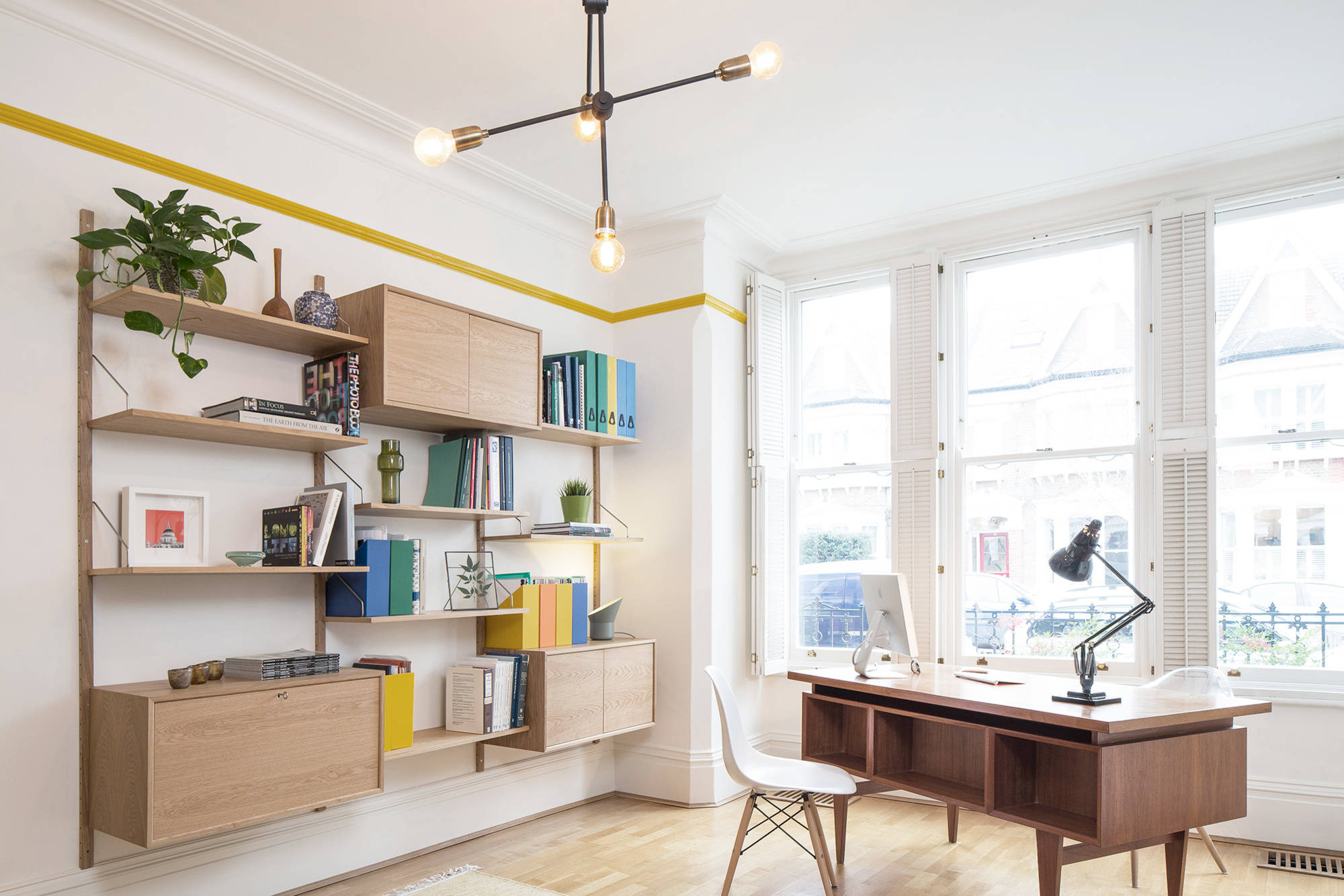
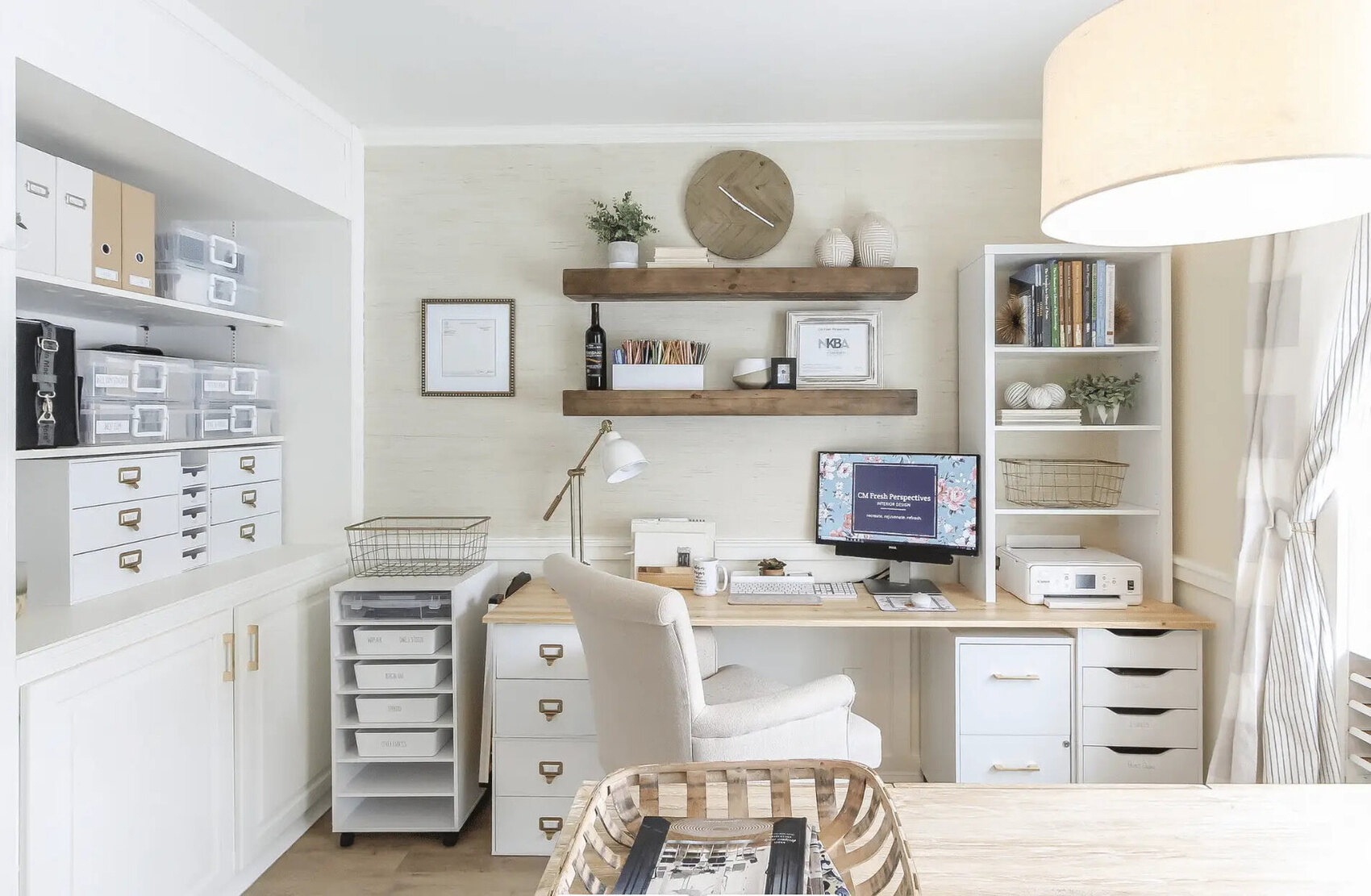
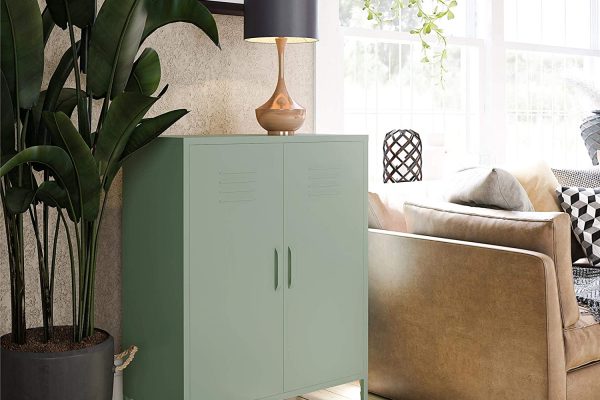

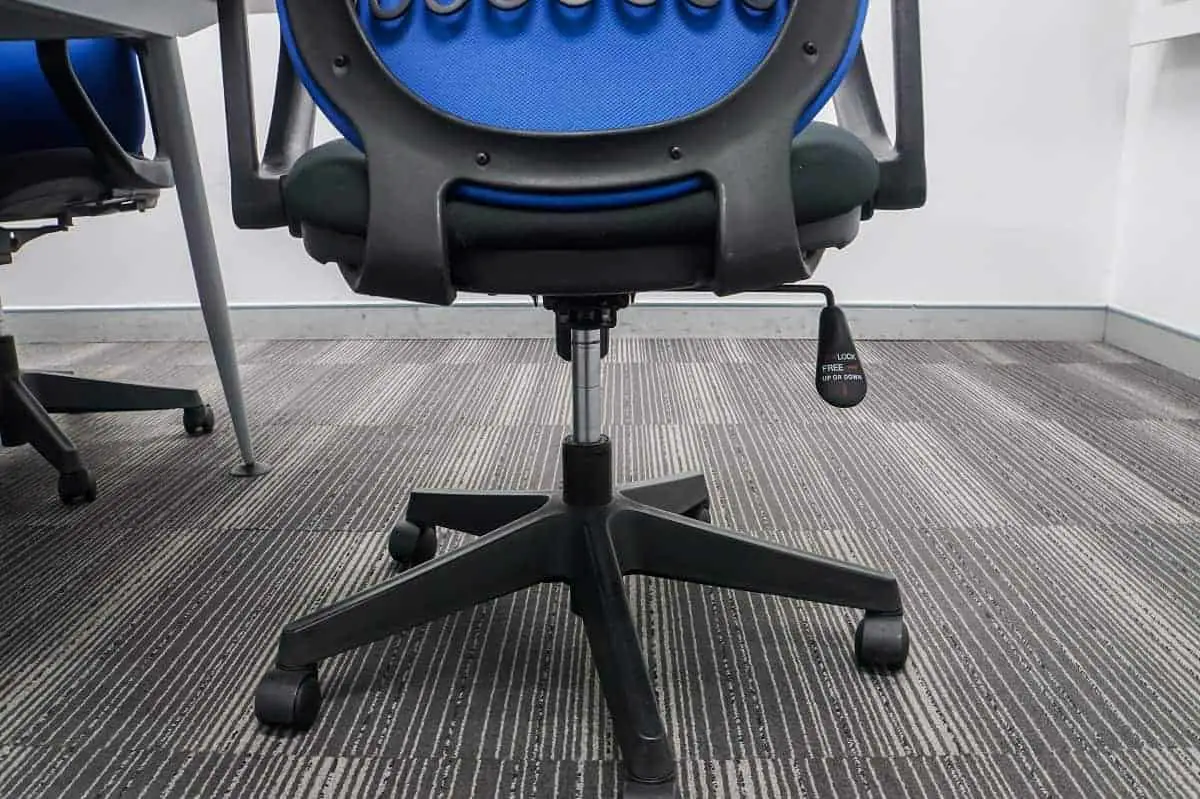



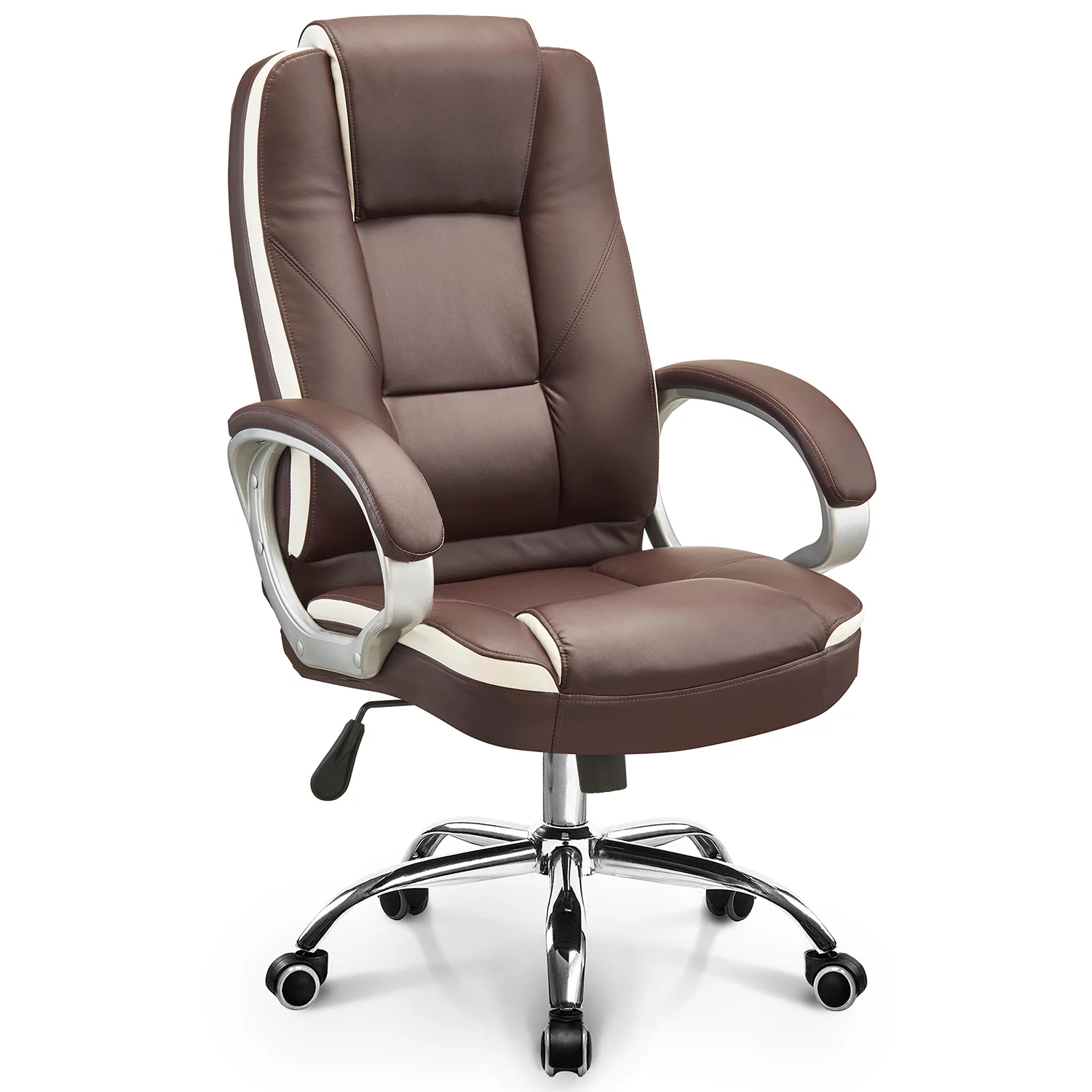
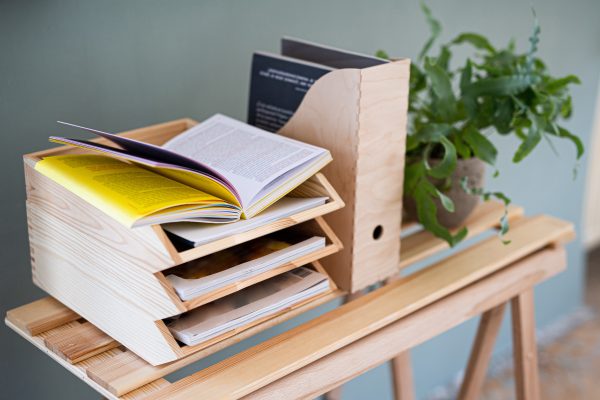


0 thoughts on “How To Organize Your Home Office For Maximum Productivity”